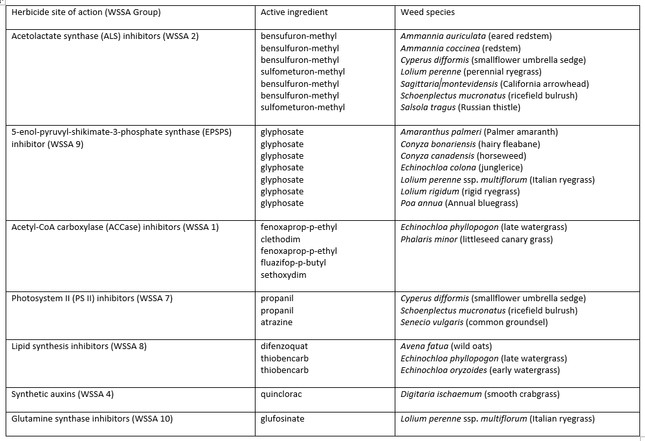By Alejandro Del Pozo-Valdivia
Diamondback moth (DBM) is a persistent pest in the Salinas-Castroville area. We were able to find late instar caterpillars in several spots along Blackie road on Tuesday January 22nd. Basically, these caterpillars were feeding on brassica weeds, located along the side of the road (Fig. 1). This is an example of how insects exploit weeds as alternative hosts when there is a lack of a preferred and abundant host plant in the landscape. DBM will continue feeding on these weeds, while increasing their numbers. These DBM adults, originated from weeds, have the potential to infest any commercial cole crop during the upcoming weeks and months. Based on our observations, most of these caterpillars were close to pupate. Within the next two weeks, we might see an influx of DBM adults flying around fields and weed patches. A new generation of caterpillars may be present around mid-February in our system, depending on temperature fluctuations.

Fig. 1. Diamondback caterpillar spotted on a secondary branch of a brassica weed by the side of Blackie Road, Castroville, CA.
It seems like not all of these caterpillars will become adults. Approximately, 10% of the caterpillars collected from Blackie road were parasitized by Diadegma wasp. We took these caterpillars to the UCCE Entomology lab to refresh and re-introduce DBM into our colony; and we were able to spot the parasitic wasp pupae inside our rearing containers (Fig. 2).
Fig. 2. Brown barrel-like Diadegma pupa (top) and light green diamondback caterpillar (bottom) on a cauliflower leaf inside a rearing container at the UCCE Entomology lab.
Ideally, controlling weeds outside our fields and along the roads could be part of our strategies to manage resident pest populations. Control of these weeds will allow to reduce population of these pests cycling through the winter here in the Salinas-Castroville area. Managing these weeds could be challenging too, due to accessibility and other issues. Please, keep in mind that cole crop fields surrounded by weedy patches will have a higher chance to be infested with DBM. You could prioritize the scouting of those fields to timely detect any economically damaging DBM population in your crop.